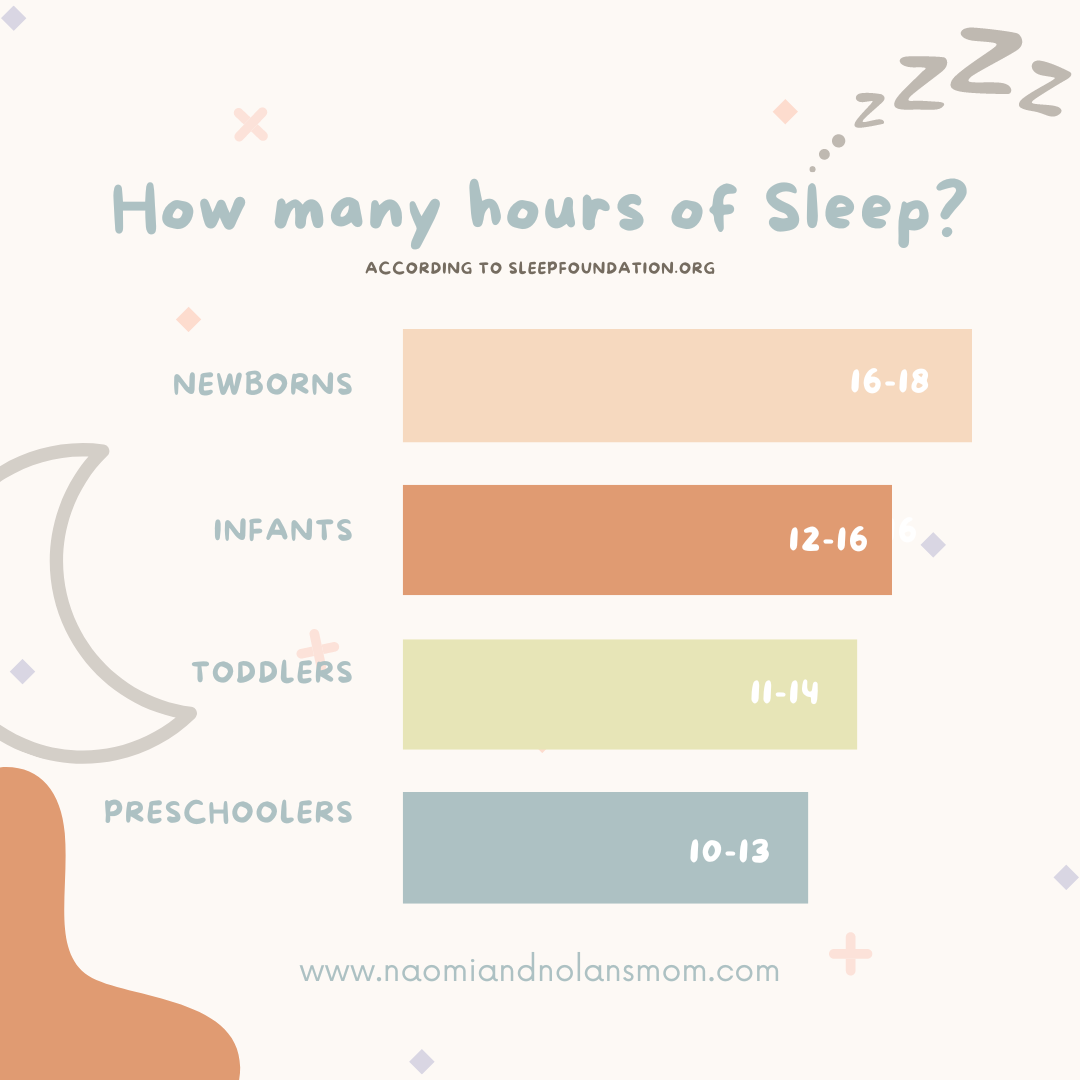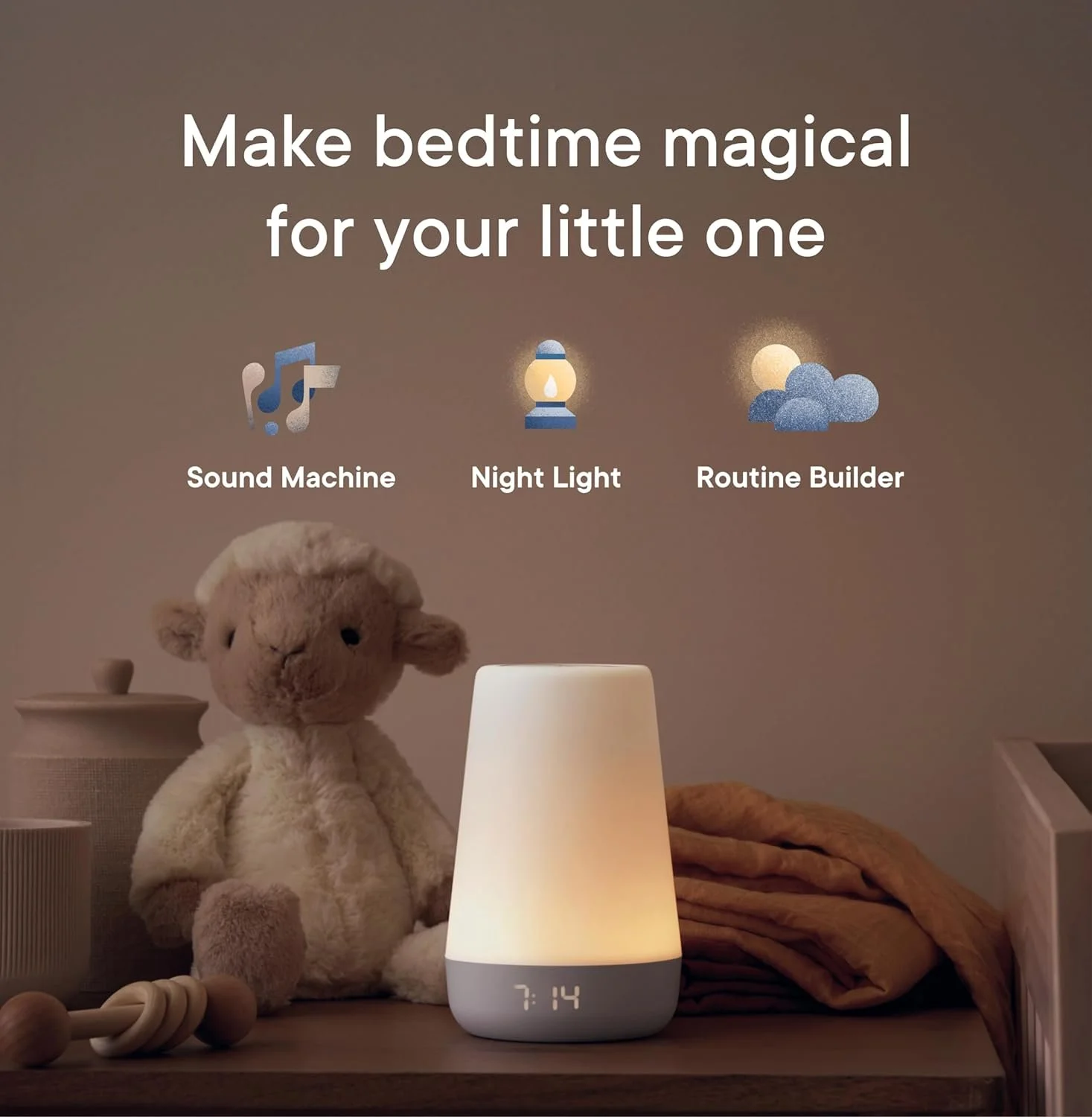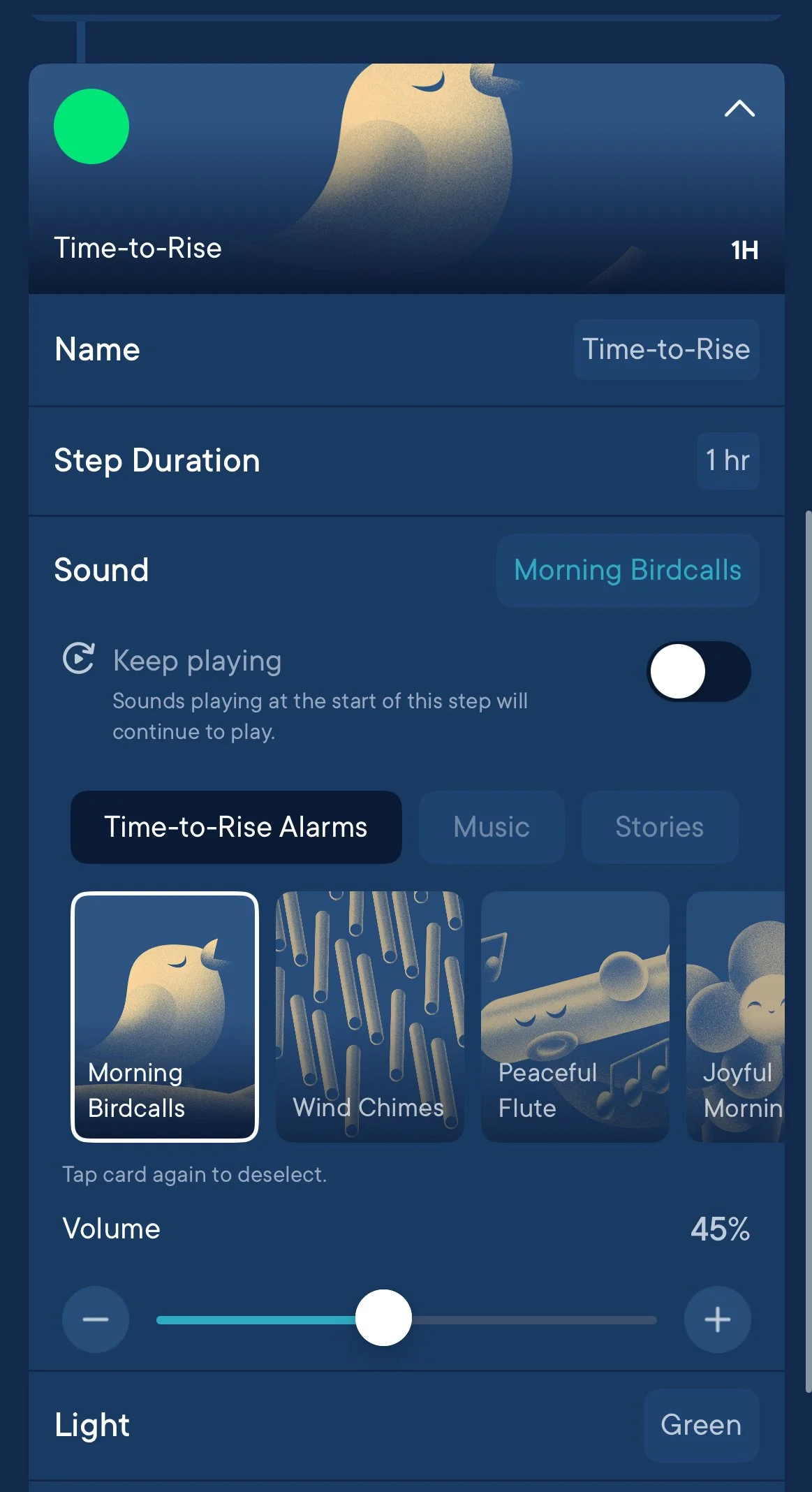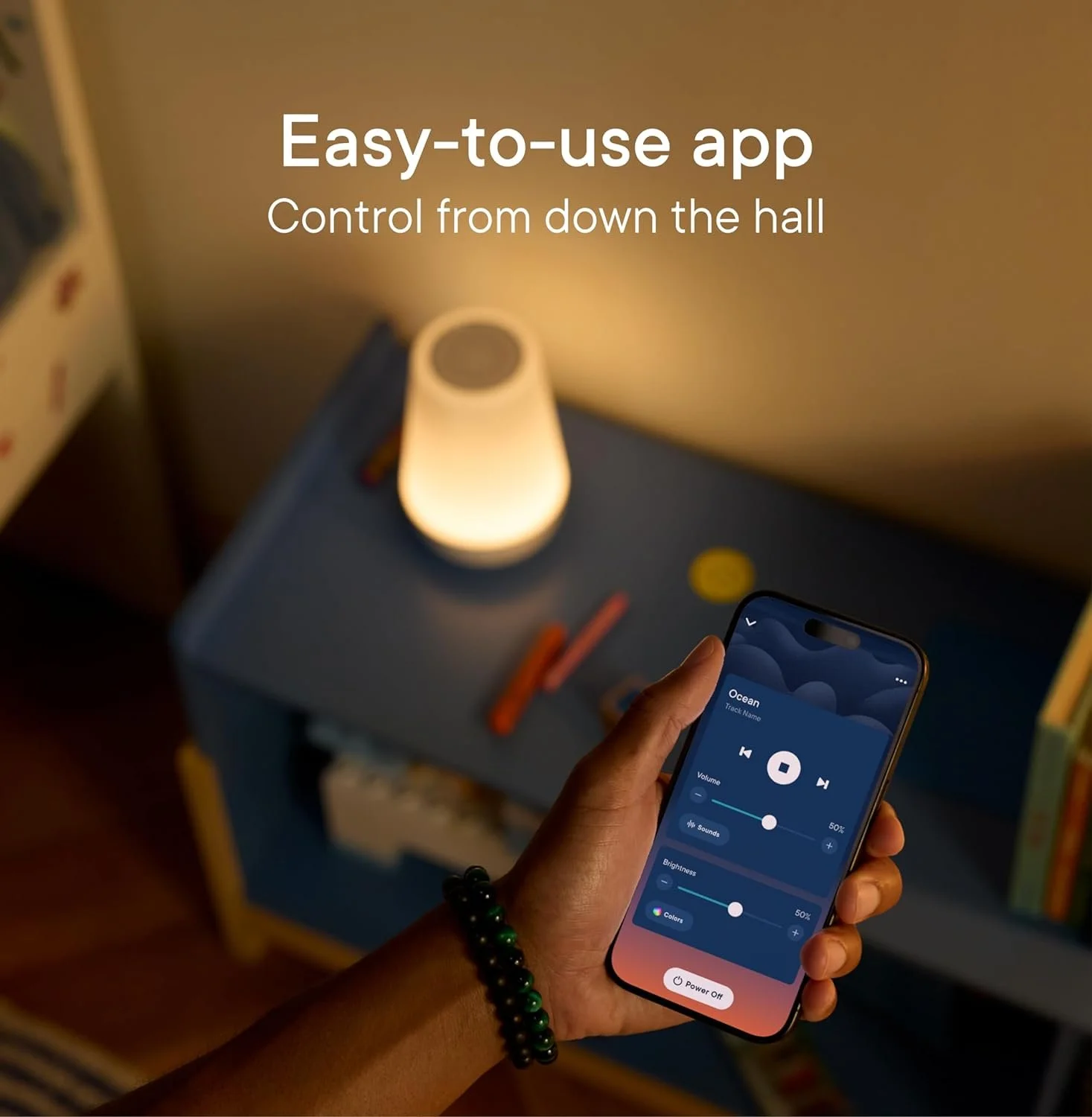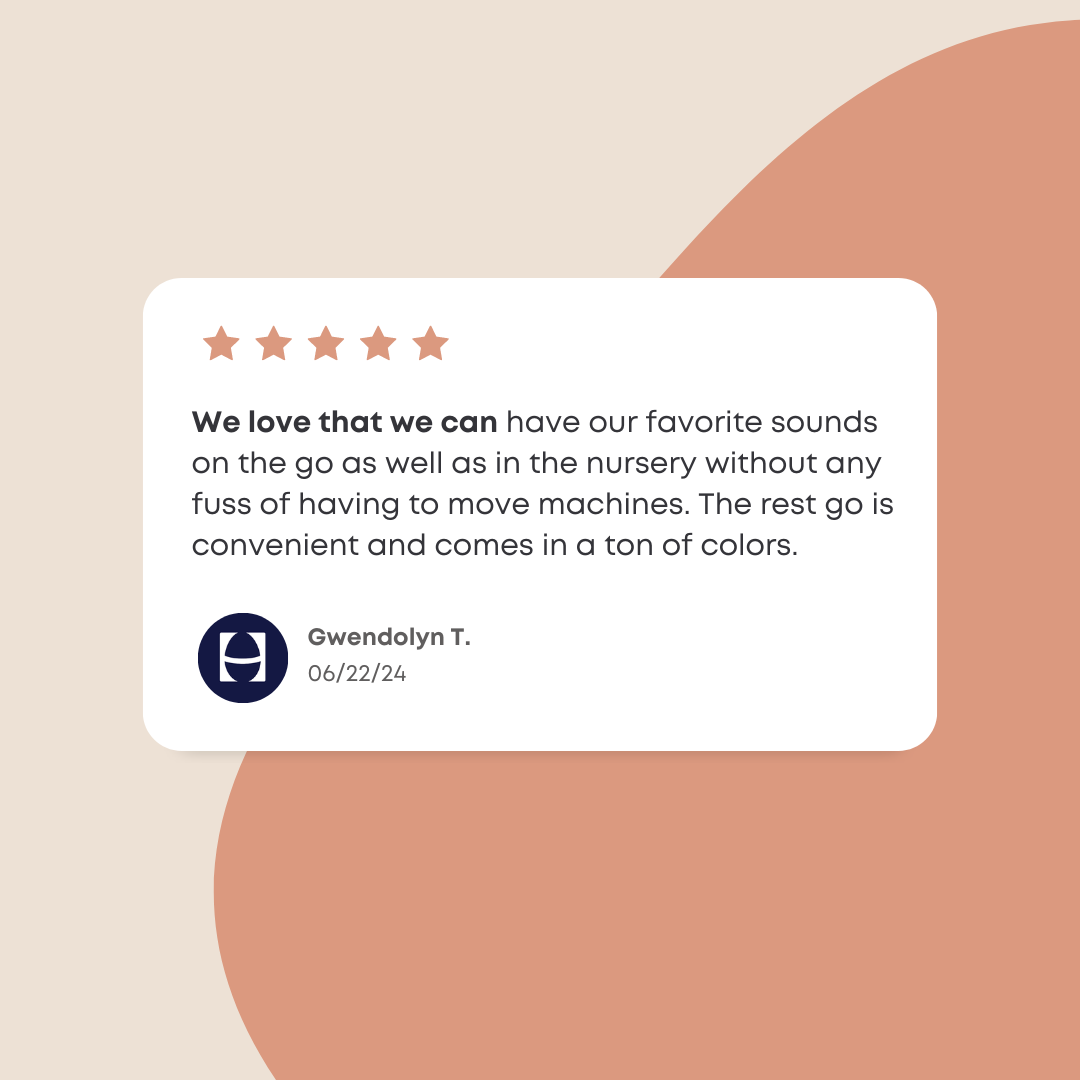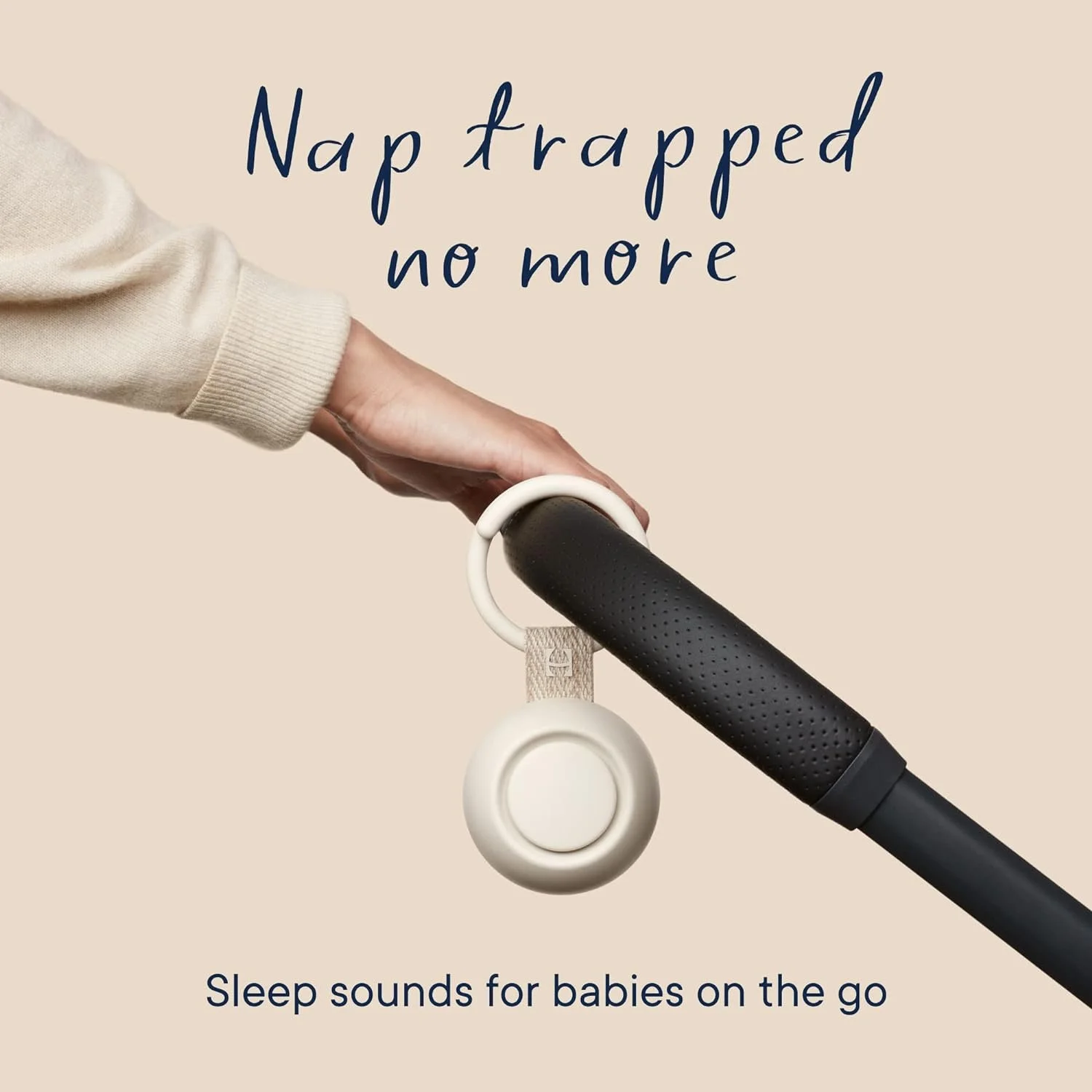How To Create A Sleep Schedule For Your Child That Really Works
This guide contains affiliate links
Ensuring your kids get enough sleep is hard, and the most challenging part is consistently sticking to a bedtime.
I’ve been there. I try to set a bedtime, and 2 hours later, when they are supposed to be asleep, they’re asking for yet another sip of water and crying every time I plead with them to go to bed. Now, not only would they most definitely be cranky the next day, but my precious and limited time to relax and reset sadly dwindled.
That was until I learned to work smarter and not harder by implementing bedtime strategies backed by science. Bedtime (and naptime) can work like clockwork, and that is what I’m sharing with you here.
In this blog post, I’ll share three secrets that allowed me to enforce a consistent bedtime without the stress and pushback from my kids. The science behind sleep for young children and how it affects their physiology.
The power of routines and how to create one that works.
How to encourage deep sleep (for heavy and light sleepers).
So, if you want to put an end to your inconsistent bedtime schedule and make sure your little one is feeling well-rested at the beginning of each day, you're in the right place.
If you are tired of not getting enough time to yourself at night because you’re battling a restless child past their bedtime, don't worry; you are about to reclaim your me-time!
One. The science behind sleep for babies and young children and how it affects their physiology.
According to an article in the National Library of Medicine titled Physiology, Circadian Rhythm, our physiological behavior is shaped by our circadian rhythm. In other words, all bodily functions hinge on how good or bad our sleep patterns are. The importance of this increases significantly for children.
Did you know babies are not born with an internal circadian rhythm? This pattern usually forms when they are 3-4 months old. We, as parents, help them find this rhythm by creating sleep-friendly environments and ensuring they meet sleep duration requirements. Many people know that sufficient sleep improves your child’s mood but underestimate its role in alertness, attention, cognitive performance, resiliency, vocabulary, learning, memory, and physical development.
The Sleep Foundation says the desired amount of sleep for children is as follows:
I don’t know about you, but these requirements are pretty hard to meet without strategies. You aren’t alone, “The American Academy of Pediatrics estimates that sleep problems affect 25 to 50 percent of children” (sleepfoundation.org)
I don’t know about you, but these requirements are pretty hard to meet without strategies. You aren’t alone, “The American Academy of Pediatrics estimates that sleep problems affect 25 to 50 percent of children” (sleepfoundation.org)
As adults, we might be able to manage with 8 hours of sleep, but it’s important to remember that children have different needs. They can’t function the same way. So, how can we help them develop better sleep habits to reach their full potential? Keep reading to find out.
“The American Academy of Pediatrics estimates that sleep problems affect 25 to 50 percent of children”
Did you know?
“90% of parents using Hatch Kids Products feel more confident in their ability to help their children get better sleep.”
Two. The power of routines and how to create one that works.
Sure, routines are helpful, but do they make a big difference? Just like with sleep duration, routines are essential for children.
Jessee Dietch, Ph.D., a behavioral sleep psychologist, says, “Some flexibility in life can be good, but having a routine makes kids feel more confident, assured of what’s happening next, and probably more willing to engage in the activity that’s planned.”An effective bedtime routine creates predictability and encourages participation. The more involved your child is with something, the more power they feel; therefore, they become more willing.
How do you create a bedtime routine that works? The two vital ingredients are wind-down time and consistency.
1) Wind-Down Time
“Our brains and bodies aren’t a lightswitch,” explains Dr. Dietch. “You can’t just go from being up and alert and active all day to asleep immediately. There has to be a transition period.”
To go from awake to asleep, we must first move through the winding down stage. If your winding down stage isn’t effective, however, it can take a long time. Hence, some kids fighting sleep for hours on end.
Instead of aimlessly trying to create a sleep-inducing wind-down time, invest in technology created by sleep experts. The Hatch Rest 2nd Gen is a lifesaving sound machine created for this very purpose. Our Rest machine is truly one of my favorite purchases I’ve made as a parent.
Hatch Rest 2nd Gen
If you want to begin your journey to a healthy sleep schedule for your child, click here to get started.
Pro tip: Hatch+ is a fantastic resource for bedtime stories, lullabies, and mindfulness moments. Customize a bedtime routine in the Hatch app with a diverse library of soothing audio specifically created for wind-down time.
2) Consistency
Another key ingredient to an effective bedtime routine is consistency. As a parent, you know that each day brings unique challenges, and sometimes, no two days look the same.
This is to be expected, but when it comes to the few daily routines we desire to create, we need to create a system that our kids can rely on.
Life with kids is chaotic, but our bedtime routines don’t have to be.The most practical way to ensure consistency with bedtime is to use technology that does it for you. Manually setting timers and remembering to cue wind-down time and bedtime is not sustainable long-term.
Investing in a device that does all of this for you is the best way to foster consistency.The Rest 2nd Gen’s implementation of sleep schedules is so intuitive. In the Hatch app, you will be encouraged to create a routine that includes time-for-bed cues, wind-down time, time-for-sleep, and time-to-rise. Like I said, bedtime can run like clockwork.
Let’s take a look below to see what your new sleep schedule could look like with Hatch.
If you are ready to create a bedtime routine that’s easy to enforce consistently, click here to begin.
Three. How to encourage deep sleep (for heavy and light sleepers).
Is your child a light sleeper or a deep sleeper? And how do you make sure they are getting quality sleep?
The answer lies in two key factors: light and sound.
1) Sound
If your little one wakes up crying seemingly due to the slightest noises, you’ve probably considered using a sound machine before. A good sound machine not only drowns out unwanted noises but also promotes quality sleep. Using a monotonous quality of sound, sound machines increase the likelihood of uninterrupted sleep, meaning a higher quality of overall rest.
2) Light
According to Jade Wu, Ph.D., a behavioral sleep psychologist, “One of the strongest cues for your circadian rhythm is light.”In our modern world powered by artificial light, it’s easy to forget that our brains rely on light cues to relax. This is why we are often told to decrease our exposure to blue light before bed.
Colors like red, orange, and yellow have longer wavelengths that encourage the brain to let melatonin (the sleep hormone) flow. Whereas colors with shorter wavelengths, like blue, green, and white, signal the brain to suppress melatonin.
Luckily, the Hatch machines include light and sound that correspond with deep sleep.
Hatch Rest 2nd Gen
The best way to ensure your little one has a good night’s rest every night is to invest in a Hatch device. Click here to take charge of bedtime.
If you want your child to develop positive long-term sleeping habits and improve overall health, it’s time to take bedtime seriously.
Not by repeatedly trying the same thing and getting increasingly discouraged and frustrated, but by trying something new.
Why not try something that’s science-tested and used by thousands of parents every day? How to choose the right Hatch Rest machine for you
Hatch offers 3 Rest devices:
Rest Go (portable sound machine)
Ask yourself, are you often on the go? Are you frequently traveling, or bringing your kids to grandma and grandpas for a sleepover? Well, the only difference between Rest and Rest+ is that Rest+ includes a battery backup, meaning it’s perfect to bring on trips, sleepovers, and from room to room around the house.
If you like the idea of a sleep machine that can easily switch spaces, the Rest+ 2nd Gen is for you.
If you believe your sound machine will mostly stay in one designated spot, the Rest 2nd Gen does the trick.
Also, do you often struggle to quiet your child down when in public places, creating stress and loud noises wherever you go? Grab a Rest Go machine and bring the calming sounds your child loves with you wherever you go. You can clip the device on your stroller or diaper bag and enjoy the peace and quiet.
Bundle and save when you buy a Rest (or Rest+) 2nd Gen machine and a Rest Go.Don’t forget to take advantage of your 3o night free trial of Hatch+ included with any purchase. After 30 days enjoy this huge library of sleep resources for only $4 a month.
Now that you’re reminded of your child’s physiological need for sleep, their psychological need for routine, and the elements required for a sleep-inducing space, you are ready to revolutionize your bedtime schedule. Don’t forget to be patient with yourself and your child as you make this transition to healthy sleep patterns. Give yourself some credit, too! You’re truly a great mom for prioritizing your child’s well-being.
“72% of parents report their personal sleep has improved.”
If you want to take back your time at night to have time to focus on your mental health and get to bed at a decent time, invest in technology that’s made to make bedtime easier.
Do you feel like your personal sleep has room for improvement as well? Consider using Hatch sleep products for adults and feel rested for your demanding day as a mom each morning.Make it fun
This step is not essential, but if you want your hatch machine to match your home’s aesthetic, customize your device with coverlets!
Good luck with your sleep schedule efforts and enjoy your newly freed up nightly me-time!Sources
https://www.sleepfoundation.org
Promotional images originate from Hatch company.


